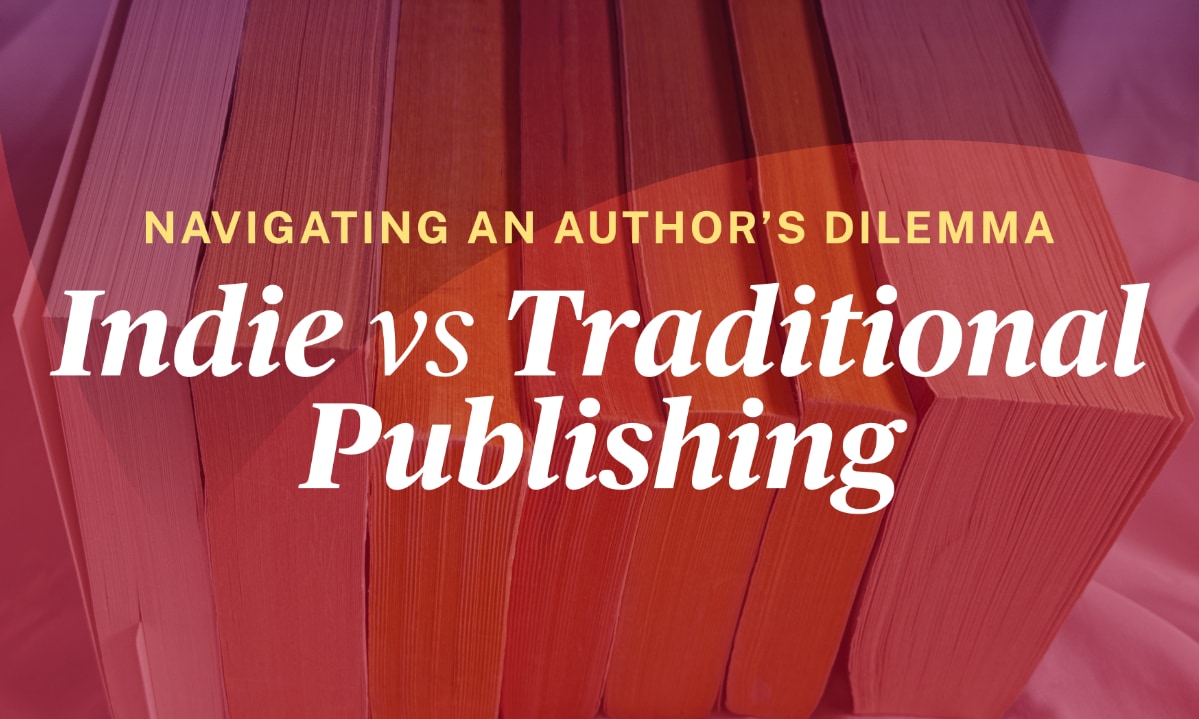On Aug. 17 authors Jeannin Counts and Kalyn Josephson met at Two Broads Ciderworks to discuss the pros and cons of independent and traditional novel publishing. We talked about many aspects of going with an established company versus going it alone, and a few points stood out.
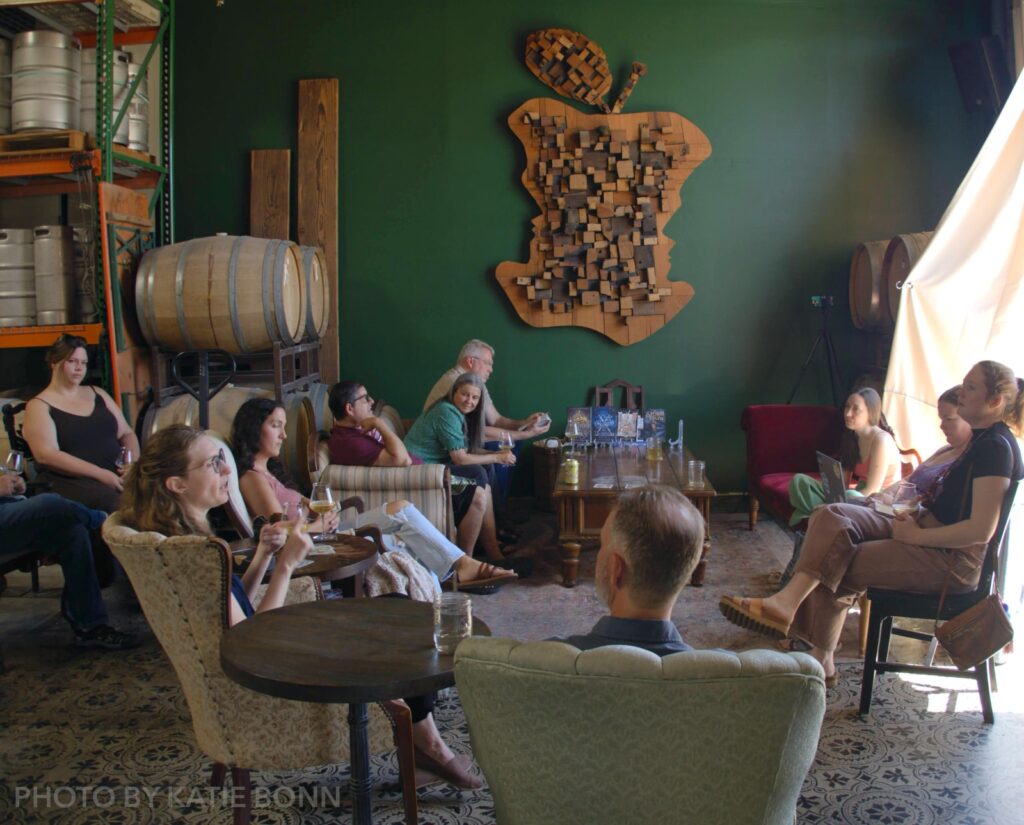
Marketing
Using the right labels, or keywords, is still crucial when helping readers find your book. “You have to find the right keywords. To do that I use a tool called Publisher Rocket. Basically they give you how many competitors also use that keyword you want,” Jeannin said.
Similar to indie publishing, using a traditional publisher requires making a book findable online with keywords. “I can’t change those,” Kalyn said.
“The amount of marketing support you get is, first of all, dependent on the publisher. Within a publishing house, different books get different marketing support. … With traditional publishers, everyone gets the basic core package. This already contains a lot of good marketing.” But, she added, “there’s an expectation that you’re on social media, that you’re promoting your books, that you’re available for interviews ….” The list went on.
“If you go indie, you have to do it yourself. But sometimes that better. You have a lot of control over the marketing.”
Jeannin agreed. She has control, but “I have to come up with my own content. There are days when you just can’t think of content.” She pointed to marketing research that said advertising must reach people at least five times before making a sale, sometimes called the rule of seven.
On the other side, Kalyn told us that when planning to promote her Dark Descent duology, her publisher made an ill-suited promotional decision. The novel’s premise involves a dangerous four-way horse race. Therefore, her UK publisher wanted ads that compared her fantasy novel to The Fourth Wing — a battle college for dragon riders “Based on what?” Kalyn laughed. “There are no dragons [in my novel]! They didn’t have a reason. Fourth Wing was just a popular fantasy novel.”
But if people picked up her book based on that comparison, they would leave disappointed. Without control over advertising, she had to push back against the publisher to get an accurate description of her novel.
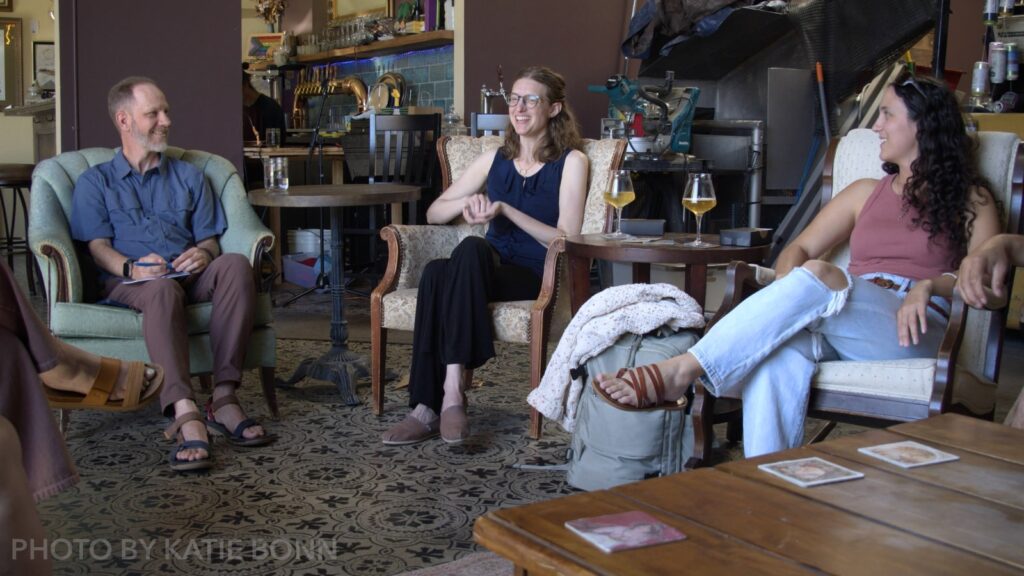
Editing
Traditional publishers also help authors by providing editors. But as with marketing, there’s a trade-off that authors pondering independent publishing must consider.
“You have to find the editor yourself. But there are different kinds of edits. There are developmental edits, line edits, copy edits, and there’s proofreading. You have to pay for each of those separately out of your own pocket.” Jeannin felt confident enough in her direction and plot to skip paying for a developmental editor, “… But I was not confident in the commas. So I paid for a line and copy editor.”
Although their rates vary, she said that editors charge by the word. Even at 1¢ per word, 150,000 words costs $1500 to line edit. Lower rates could mean less experience … but not necessarily. That’s where samples come in.
“Usually when you start talking to an editor, you send them a thousand words and they send you a sample edit. You go through that and decide if you’re going to work well together.” She once got a sample edit back that told her immediately the editor was a bad fit. “She had literally rewritten every single paragraph. As I was reading it, I was like, ‘you put this through the Rephrase part of ProWritingAid and basically used AI to rewrite everything.” She declined the offer and moved on.
Kalyn’s experience was different. “I don’t have to pay for an editor, but I don’t get to say, ‘I don’t like this person, it’s not working.’ My editor for the Storm Crow series and I did not get along.” She found a different publisher because of that editor. “[The editor’s] solution to any fantasy problem was ‘just remove it. Just get rid of the magic.’ But that’s the point of the fantasy book … we did not mesh.”
How do you find a good editor? Jeannin and Kalyn suggested looking for credits in novels you think are well done, sometimes with the acknowledgments or on the copyright page. You can also look through Reedsy, where Jeannin had success — although they’re expensive — and Instagram.
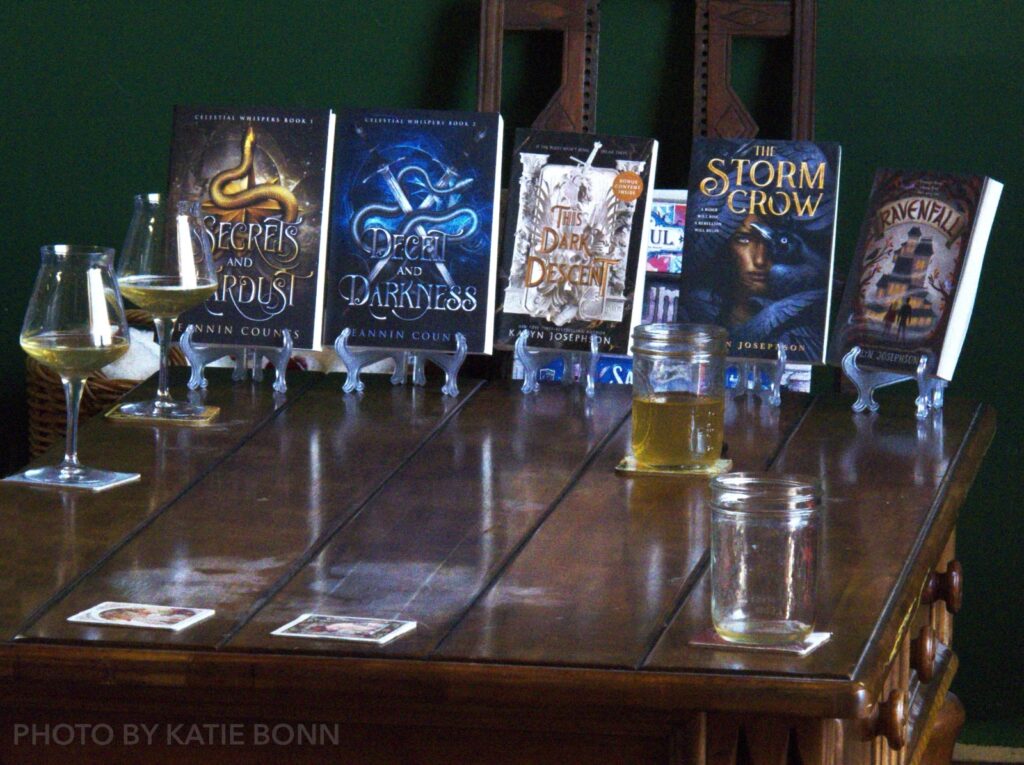
Design
One area that surprised us was cover art and interior typesetting. Kalyn said that while publishers are relying on authors more to market themselves, they’re still happy to make the book look good.
She said that for the covers, publishers are responsive to her requests, but she wasn’t involved in the decision-making process.
“Publishers are invested in making pretty books, which is why you see so many special editions. They’re treating books more like art and they want the entire package to be pretty.” She added that the “special edition bubble” might not last as publishers’ priorities change. But who knows? Meanwhile, details like extra flourishes, leaves under chapter headings, end pages, and fancy edges are relatively easy (and inexpensive) for publishers.
But Jeannin said that for independent publishing “you can’t get that easily. You can’t just go to a print-on-demand place and ask for that.” Places outside of the US can add extra details, sometimes for reasonable rates … but then shipping and tariffs raise costs significantly.
Books that are already selling well will get “prettier” special editions.
We took questions from the audience and learned that success was both mixed and surprising. Jeannin once had a bookseller in South Carolina suddenly buy forty copies of her book. “I was like, why?” she asked with a laugh. “I had a reader message me saying they saw my book in a bookstore and I was like, ‘oh … cool!’” because she hadn’t heard of the bookstore before.
“That’s why a lot of us do this,” Kalyn said. “It’s not the most lucrative thing in the world, but it’s really cool when someone says, ‘I read your book and I liked it.’”
Photos by Katie Bonn
About the speakers
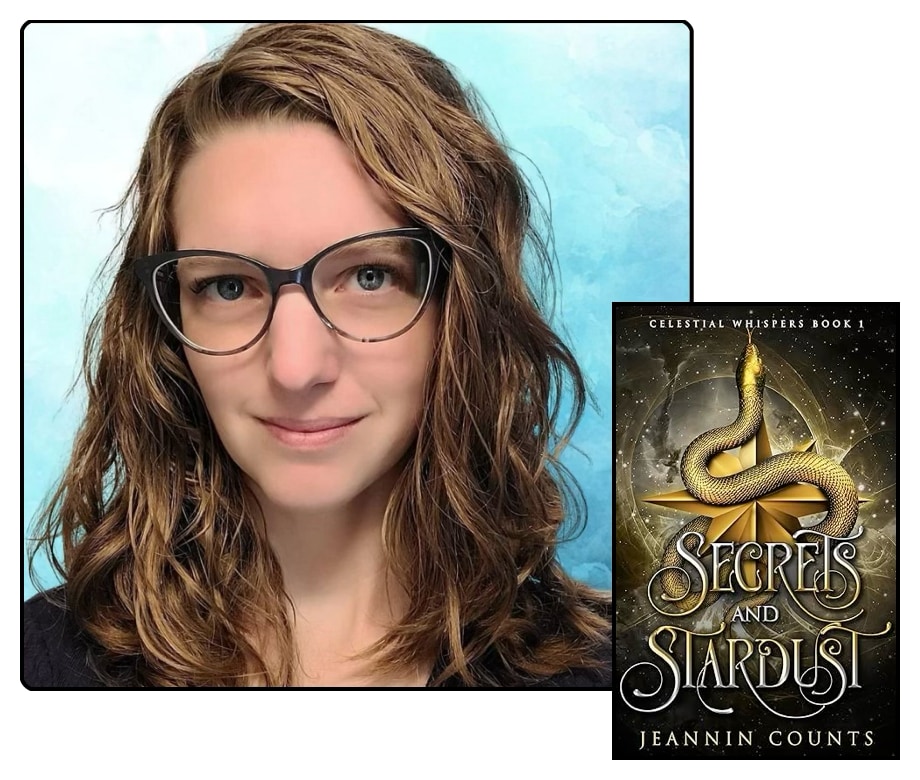
Local SLO author Jeannin Counts is a physician assistant, avid reader, and devoted soccer mom. When she’s not caring for patients or at her writing desk, she can be found relishing new culinary adventures, exploring the lost arts of candle making and ballroom dancing, or simply nestled up with a good book. www.jeannincounts.com
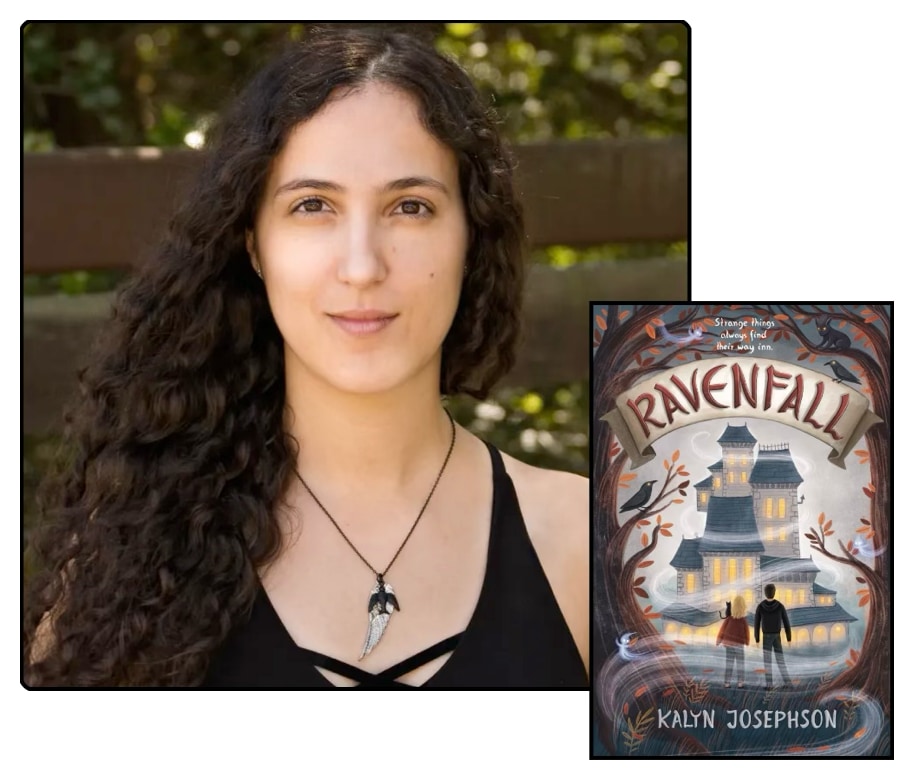
Kalyn Josephson is a NYT Bestselling author, sometimes-baker, and full-time consumer of too much tea. She lives on the California coast with two tiny black cats in a house in constant need of repair. She is the author of the Ravenfall series, The Storm Crow duology, and the This Dark Descent duology. kalynjosephson.com
